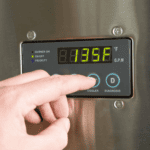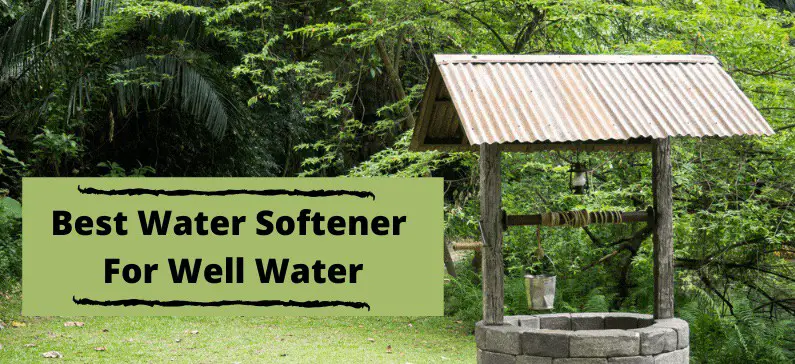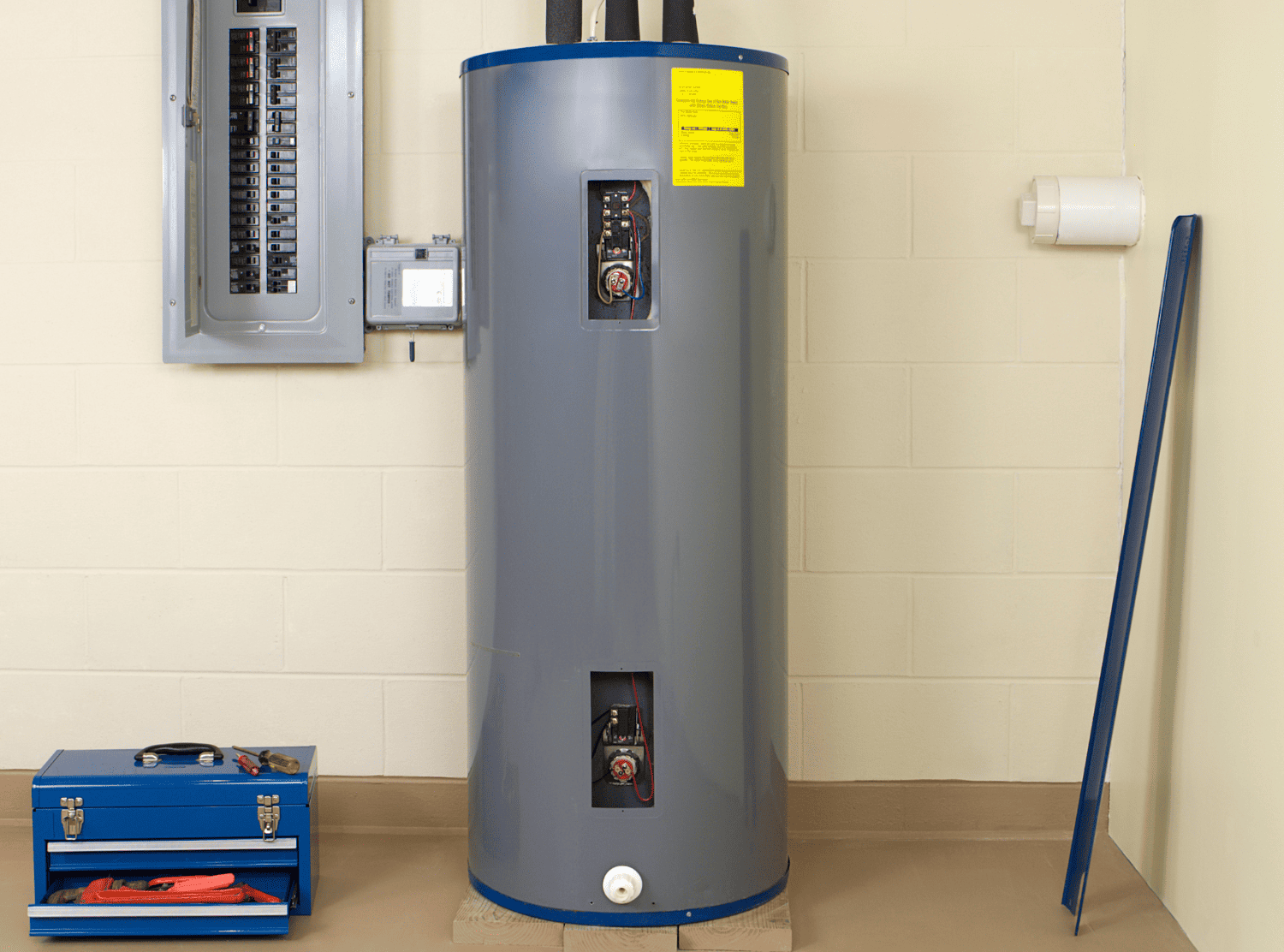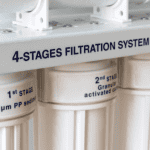Total Dissolved Solids (TDS) are impurities found in water, and can cause problems in plumbing and appliances. Some people turn to water softeners as a solution for high TDS levels. But, do water softeners actually remove TDS?
What are TDS and why are they a problem?
TDS are minerals, salts, metals, and other substances that dissolve in water and become part of it. While some TDS levels are natural and not harmful, high levels can cause scale buildup in pipes, water heaters, and other appliances, leading to reduced efficiency and potential damage.
How Do Water Softeners Work?
Water softeners remove minerals such as calcium and magnesium, which cause water hardness, through a process called ion exchange. The softener has resin beads that are charged with sodium ions, and as hard water passes through the softener, the calcium and magnesium ions exchange places with the sodium ions, effectively removing the hardness.
Do Water Softeners Remove TDS?
Water softeners do not remove TDS, they only reduce hardness by exchanging minerals. Some water softeners have a filter system that can help to remove other impurities, but these systems are not as effective as dedicated TDS filters.
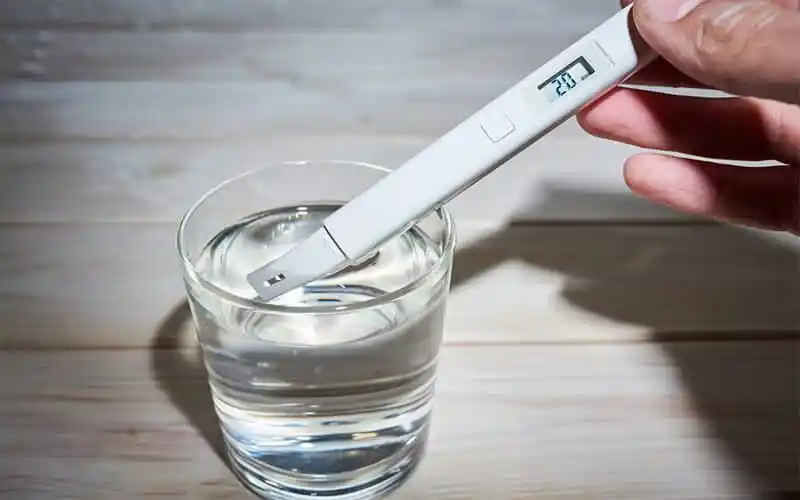
Benefits of Removing TDS
- Better tasting water: Low TDS levels result in water that is free of minerals and other impurities that can affect its taste.
- Improved appliance performance: Scale buildup from high TDS levels can reduce the efficiency of appliances, but with low TDS levels, appliances can perform at their best.
- Better health for those with sensitive skin: High TDS levels can cause skin irritation for some people, but low TDS levels can result in better skin health.
TDS levels in Different Water Sources
- Groundwater: Groundwater can have varying TDS levels depending on the location and type of rock it passes through.
- Surface water: Surface water, such as lakes and rivers, can have high TDS levels due to contamination from human activities.
- Municipal water: Municipal water can have TDS levels regulated by the government to ensure safe drinking water.
Testing for TDS
- TDS meters: TDS meters are a simple and affordable way to test TDS levels at home.
- Laboratory testing: Laboratory testing can provide a more accurate TDS reading, but it can be more expensive.
- Importance of regularly testing TDS levels: Regularly testing TDS levels is crucial to ensure that water remains safe for consumption and to protect appliances from damage.
Other Ways to Reduce TDS
Reverse Osmosis (RO) Filtration System
Reverse osmosis filtration is the most effective way to remove TDS from water. This system uses a semipermeable membrane to filter out impurities and minerals, including TDS. The water is pressurized through the membrane, leaving the TDS behind and producing purified water. RO filtration systems are commonly used in households, industries, and for water treatment. They are effective for removing a wide range of TDS, including salts, metals, and other contaminants.
Carbon Filters
Activated carbon filters can also remove some types of TDS, but they are not as effective as RO filtration. Carbon filters use activated carbon to trap impurities and chemicals in the water, reducing the TDS levels. These filters are commonly used in water pitchers, faucet-mounted filters, and under-sink filters. They are effective for removing chlorine, volatile organic compounds (VOCs), and other chemical contaminants, but not as effective for removing minerals and salts that contribute to TDS levels.
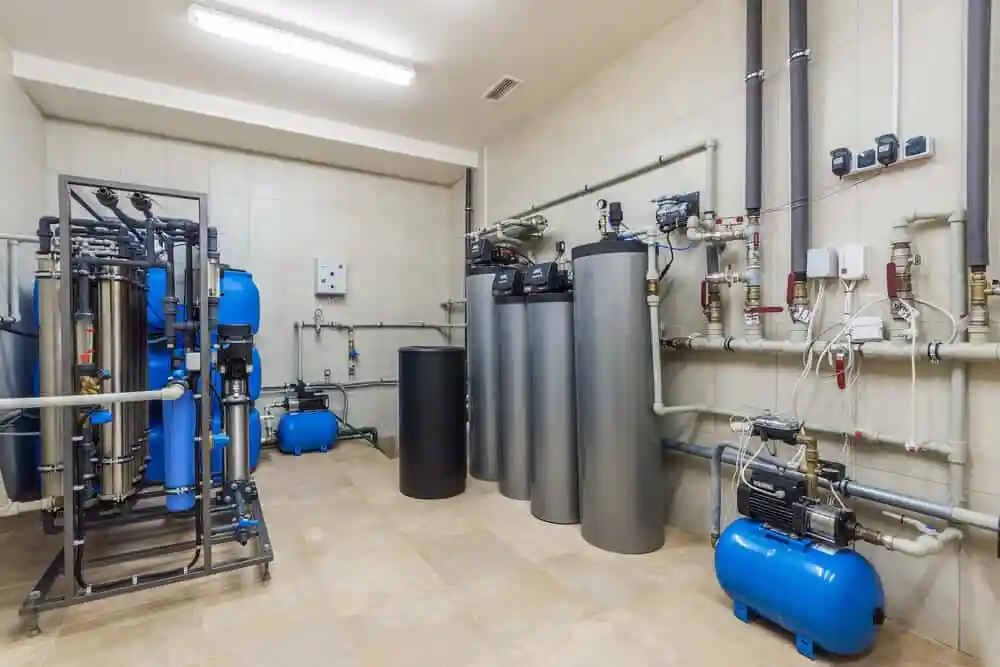
Distillation
Distillation is a process where water is boiled, and the steam is collected and condensed back into water. The TDS are left behind in the boiling vessel. This method is effective for removing minerals, salts, and other impurities from water, including TDS. Distillation systems can be used in households and industries and are commonly used for producing distilled water for laboratory and industrial use.
In conclusion, there are various ways to remove TDS from water, including reverse osmosis filtration, carbon filters, and distillation. The best option will depend on the specific TDS levels, budget, and water usage. Regardless of the method used, it is important to regularly test TDS levels and maintain the system to ensure that it is functioning correctly and producing safe, clean water.
Choosing the Right TDS Removal System
- TDS levels: The TDS levels in the water will determine the type of TDS removal system needed.
- Budget: The budget for a TDS removal system will also influence the type of system that can be purchased.
- Water usage: The amount of water used will also play a role in determining the size of the TDS removal system needed.
Maintenance of TDS Removal Systems
Changing filters: Regularly changing filters is crucial to ensure that the system is functioning correctly and removing TDS effectively.
- Cleaning membranes: Cleaning the RO membranes can prevent clogging and ensure the system is working at its best.
- Checking for leaks: Regularly checking for leaks in the system can prevent water waste and damage to the system.
FAQs
- What are TDS? TDS stands for Total Dissolved Solids, which are impurities found in water, including minerals, salts, metals, and other substances.
- What is the purpose of water softeners? Water softeners are designed to remove minerals such as calcium and magnesium, which cause water hardness, through a process called ion exchange.
- Can water softeners remove TDS? No, water softeners do not remove TDS. They only reduce hardness by exchanging minerals. To effectively remove TDS, a dedicated TDS removal system is needed.
- What are the benefits of removing TDS from water? Some benefits include better tasting water, improved appliance performance, and better health for those with sensitive skin.
- How can I test for TDS levels in my water? TDS levels can be tested using a TDS meter or through laboratory testing.
- What are some other ways to reduce TDS in water besides using a TDS removal system? Other ways to reduce TDS include reverse osmosis filtration, carbon filters, and distillation.
- How do I choose the right TDS removal system? The right TDS removal system depends on TDS levels, budget, and water usage.
- How do I maintain a TDS removal system? Maintenance for TDS removal systems includes regularly changing filters, cleaning membranes, and checking for leaks.
Conclusion
In conclusion, water softeners do not remove TDS, but they do reduce hardness by exchanging minerals. For high TDS levels, a reverse osmosis filtration system, carbon filter, or distillation process would be a better option. Understanding TDS and how to effectively remove it is crucial to ensuring clean and safe drinking water.


